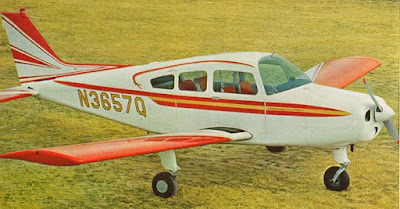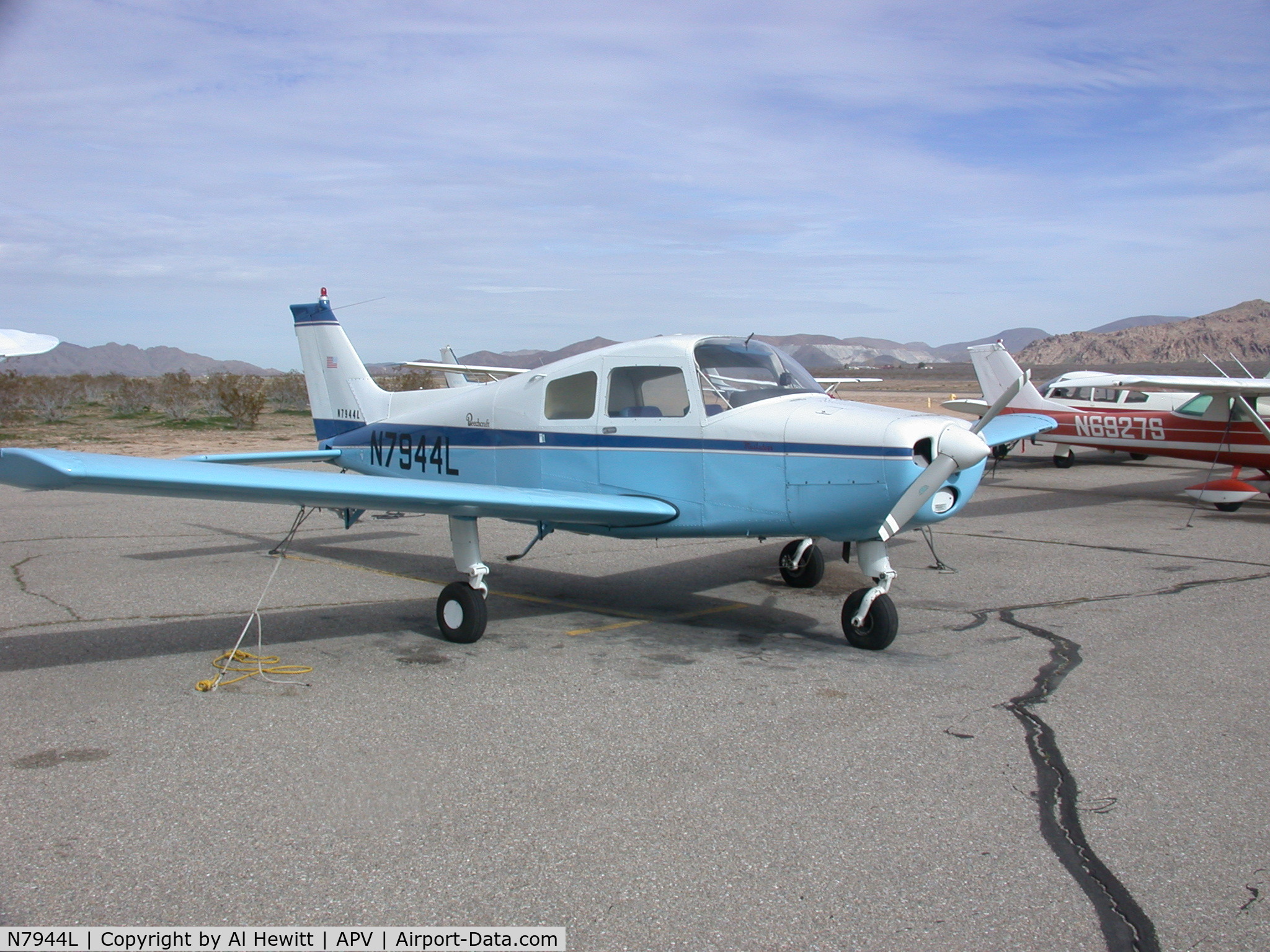What it boils down to is this: Slowdowner lotta room, comfortable, solid airplane, pretty slow for the fuel burn, and Cherokee 140 a bit faster, not as roomy, about same useful load, burns way less gas. Cherokee 180, way faster, way more useful load, burns less gas, with same engine as slowdowner. Best I could ever get out of the Slowdowner was about 100mph @9gph, The Cherokee 180 would do 115kts @8gph, The Cherokee 140 is 115mph @7.5gph. I did have a Cherokee 140 that would do 115kts @8gph, but sold it. (guy made an offer that I couldn't refuse)
I consistently fly very conservatively, throttled back, leaned aggressively.


